The land of palm trees that the Pharaohs got to know but that their descendants are unaware of, is one of the largest groundwater reservoirs in Egypt. Despite being a place of global significance in medical tourism, its isolation from the urban lifestyle has made it a virgin land rarely visited by people.
Siwa covers an area of approximately 7800 km2 (3012 mi2), and it’s divided into three sections. The first one is in the east at the western edge of the Qattara Depression, estimated at 600 km2 (232 mi2), and includes places like Hasiyat Sutra, Al-Noamesah, Al-A'arg, Al-Bahrain, Al-Tabghbagh, and Jarah Um Al-Sagheer.
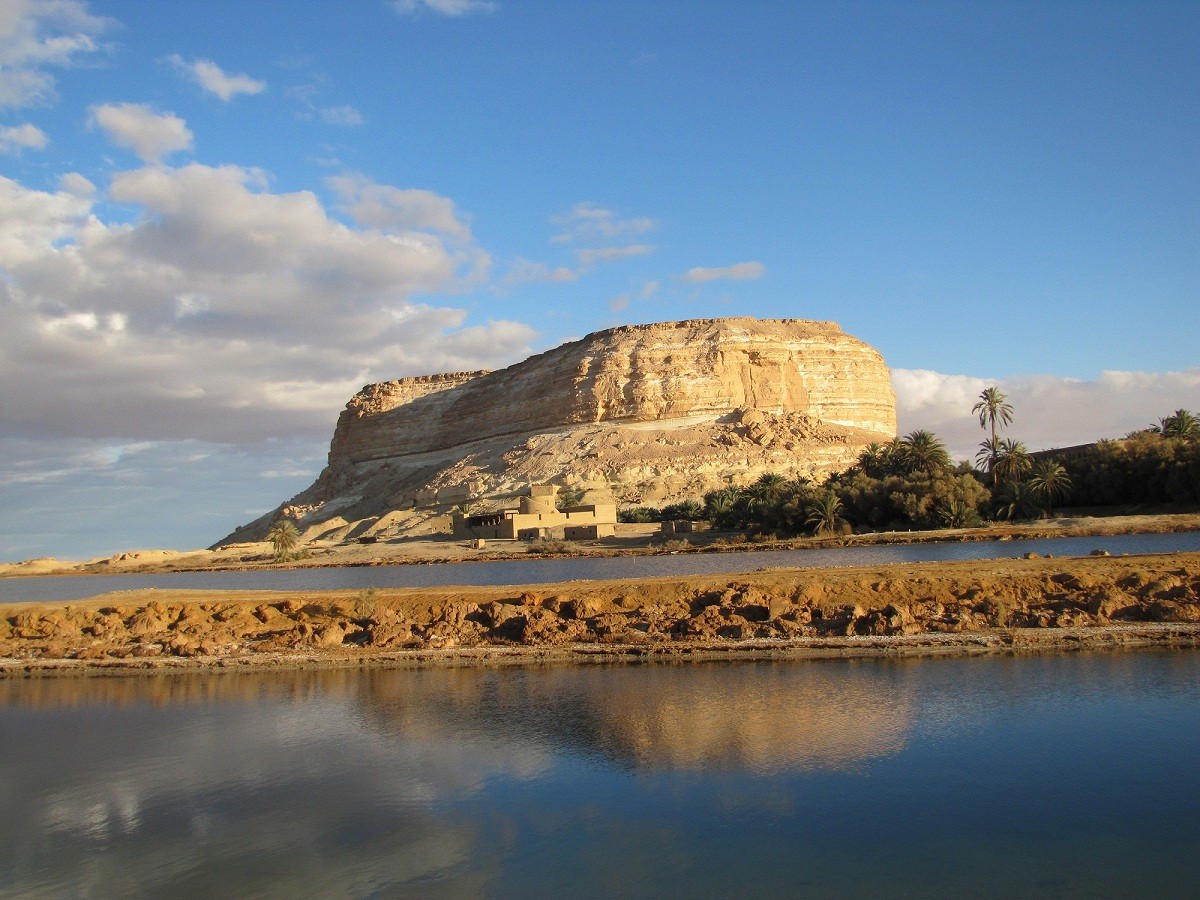
The second section of the oasis is in the west near the Libyan border, comprising of Um Ghazalan, Jarba, Shayta, and Al- Malfa and covering about 1700 km2 (656 mi2) of land. As for the middle section, it includes a well and part of the Great Sand Sea, covering an area estimated at approximately 100 km2 (39 mi2). The climate of the Siwa reserve is continental, desert-like, and mostly very hot in the summer, while in the winter, the weather is warm during the day and very cool at night. It is also worth mentioning that floods are the worst thing one could be exposed to there.
The Pharaonic inscriptions, found in the temple of Edfu, have revealed that the oasis has existed since prehistoric times i.e., before 3200 B.C. It used to be called "Binta" which was later changed to "Jupiter Amun Oasis." It went by this name until the Ptolemaic period and then the Ptolemies changed it to "Sentré" derived from the name "Sakhit Am" given to the oasis by the Pharaohs, meaning "the land of the palm trees."

Al-Maqrizi's manuscripts indicate that Arabs used to call it "Al-Waha Al-Aqsa" or the furthest oasis while some historians believe that the name "Siwa" was actually derived from "Tnswiah" which was the name given to it by the Tunisian Abd Ar-Rahman Ibn Muhammad Khaldun in the late 14th century. This name refers to a branch of the Zintan tribes in North Africa.
The indigenous people of the oasis belonged to the African Amazigh tribes who inhabited the countries of North Africa. Their population is estimated at 35 thousand people and they consist of 11 tribes in total. Each tribe has its own Sheikh (chief), its own families and individuals. These tribes held onto their own customs and traditions that were passed on to them over time. Even in politics, they had their own Senussi politics (Sufi Muslim political-religious order) up until modern times when Muhammad Ali came to power and sent a military campaign to impose the Egyptian rule over them.
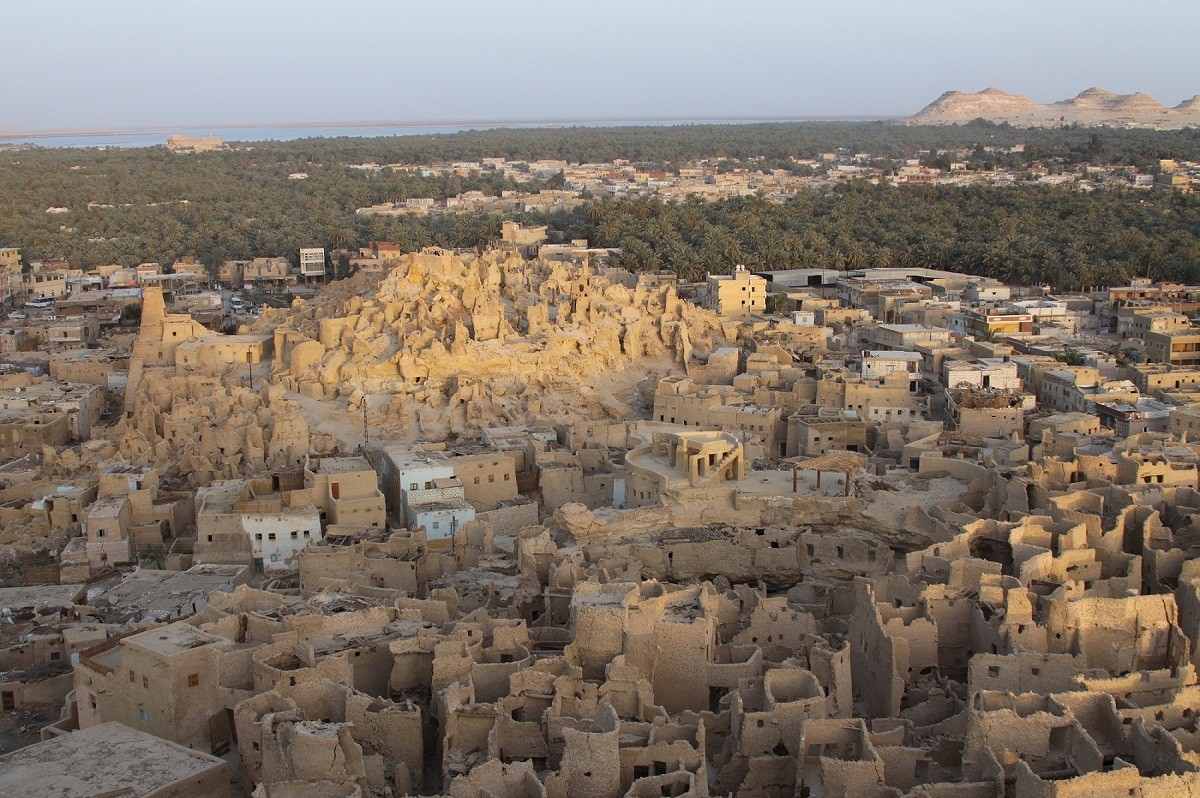
Despite its desert-like nature, the oasis is rich in lakes and various resources of underground water. The fact that its land is 18 meters (59 ft) below sea level has led to it having sulphur water springs, used to treat rheumatic and skin diseases. It also has pure fresh water springs based on which water plants such as "Al-Waha", have been established in addition to salt water wells from which enough salt, to melt all the snow in Europe, can be extracted.
The oasis has nearly 200 springs from which approximately 190 thousand square meters of water flow on a daily basis, making it Egypt's biggest groundwater reservoir. Some of its most famous springs include Cleopatra's Pool, where it is said that Cleopatra swam, and Fatnas Spring, which is about 6 km from the west of Siwa, on Fatnas Island overlooking a salt-lake, and surrounded by olive and palm trees. In addition, there is another sulphur hot spring called the Great Sand Sea Spring about 10 km from the oasis, right in the middle of the Great Sand Sea. There is also Kegar Spring which is one of the sulphur springs used to heal rheumatic diseases, as well as, several other springs such as Ain Ghazrath Spring, Ain Ad-Dakrour Spring, Ain Qureisht Spring, and Ain Tamousa Spring.
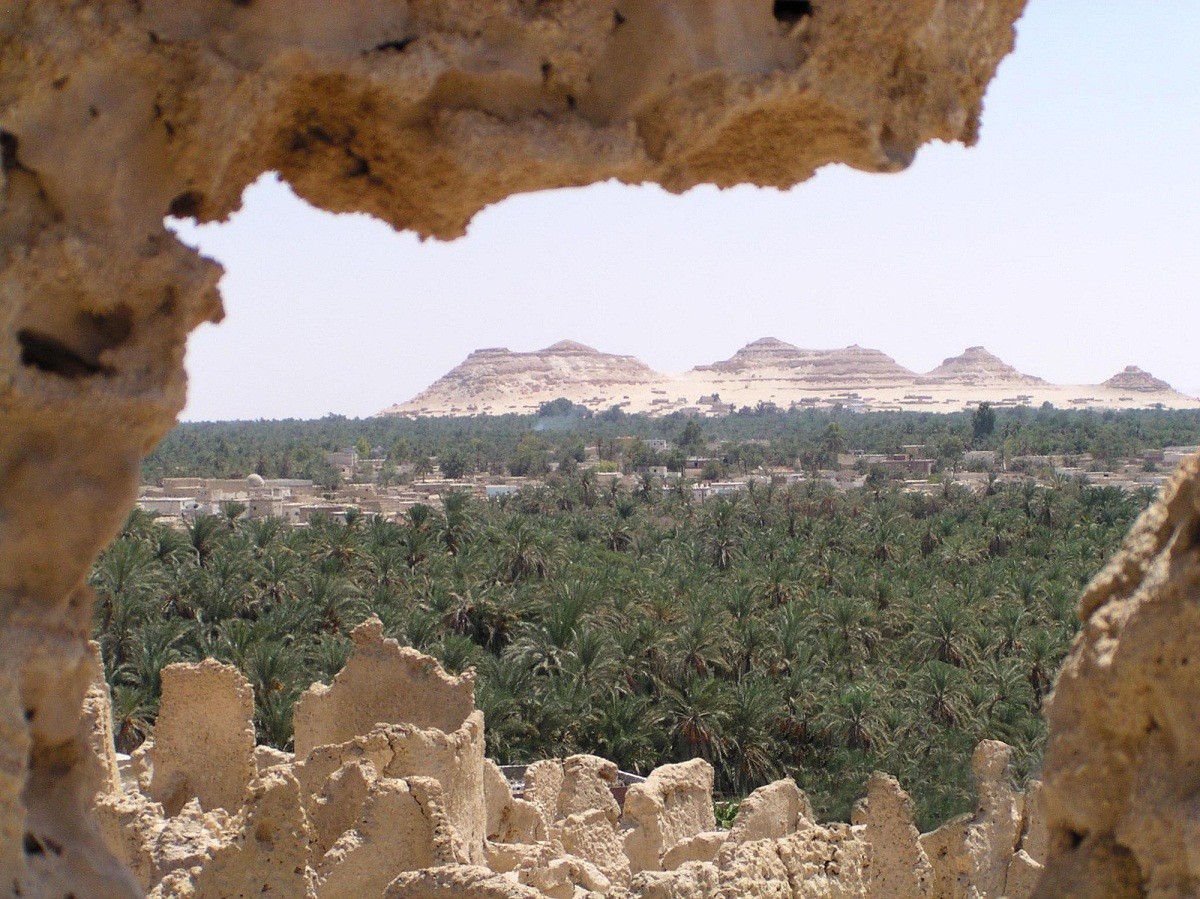
There are four major lakes in the oasis including:
Firstly, Az-Zeitoun Lake, which is a salt-lake in east Siwa, estimated at 5760 feddans (5978 ac)
Secondly, Al-Mua'aser Lake in northeast Siwa estimated at 960 feddans (996 ac)
Thirdly, Siwa Lake, west of Shali town, covering an area of 3600 feddans (3736 ac)
Fourthly and lastly, Al-Maraqi Lake to the west of the oasis in Bahi Ad-Deen area, estimated at 700 feddans (726 ac)
The oasis has several other lakes such as Taghaghien Lake, Shayta Lake, and Fatnas Lake.
The reserve is characterized by biological and geological diversity, as it has sand dunes, highlands and wetlands. Furthermore, scientists have managed to find more than 40 species of plants as it has 70 thousand olive trees, about 400 palm trees, apricot, pomegranate, lemon, and fig trees. There are also medicinal and aromatic plants like mint, poppy, Egyptian henbane, millet, aptenia, castor oil, colocynth or desert gourd, drimia, liquorice, marjoram, and basil plants which all grew originally, free of agricultural pesticides. As for plants that block sandstorms, there are Egyptian acacia, as well as, tamarisk trees.

In addition, the oasis is rich in many species of wild animals including the Red-fronted gazelle, and white deer. Moreover, cheetahs, jerboas, hares, and wolves have been spotted there near the Qattara Depression. On top of that, several endangered species including the Rüppell's fox, the Rhim gazelle, and a few other types of cats reside there.
Furthermore, scientists have spotted 164 species of birds such as Houbara bustards, quails, turtle doves, crested larks, and greater flamingos which the ancient Egyptians used to sanctify. There are also 32 different kinds of reptiles and invertebrates as this region used to be the seabed for the ancient Tethys Ocean. Many fossils have been found there, including the remains of the nautilus shells, fossil coral reefs, the largest whale skeleton dating back to the Cretaceous Period i.e., 73 million years ago, three other types of whales, water snakes, and shark teeth.
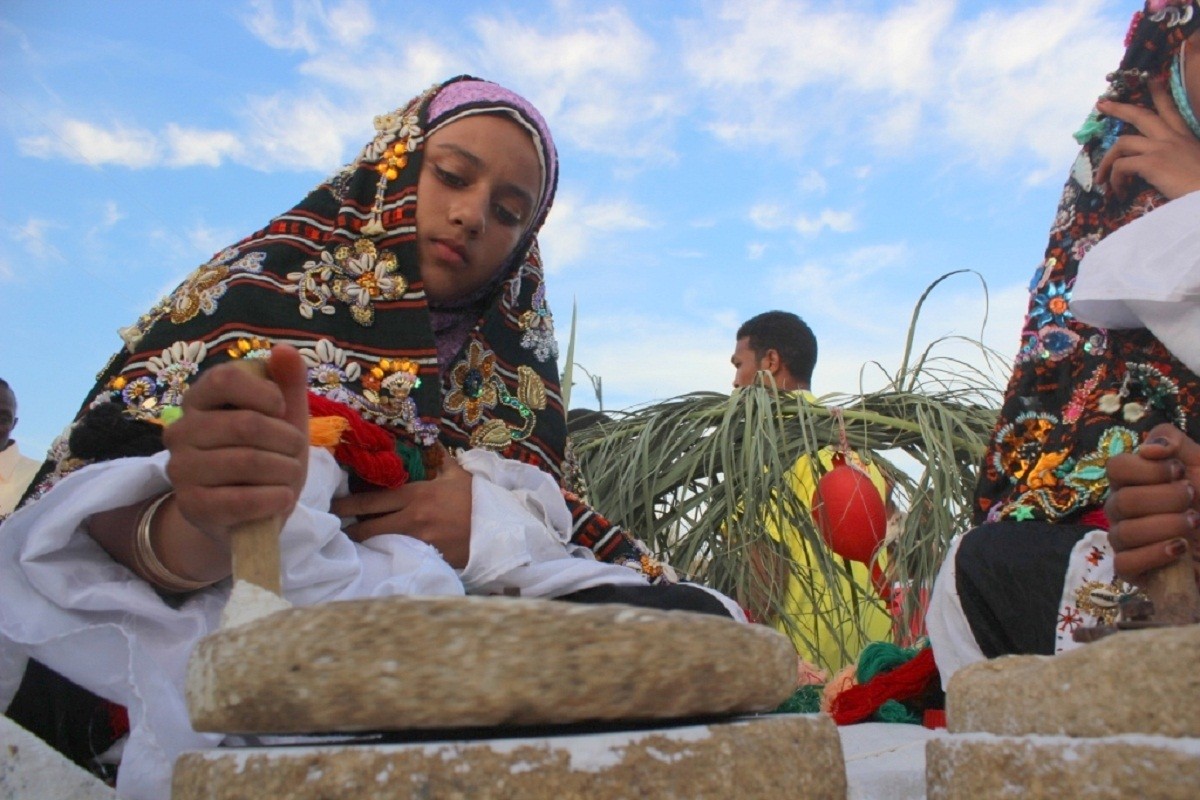
When it comes to its most important historical monuments, Gebel Al-Mawta (Mountain of the Dead), is on top of the list. The mountain is an archaeological tomb that dates to the 3rd and 4th centuries B.C. which was reused during Egypt's Greco-Roman age. In addition, during World War II, the citizens of the oasis took refuge in it and discovered many rock-cut tombs including Siamun's, which is considered the richest archaeological tomb in the Western Sahara especially when it comes to the number of mummies, and inscriptions dating back to the Pharaonic and Greek ages. The most famous of them could possibly be Osiris's Courtroom.
Additionally, there was the tomb of Bat Thoth (the high priest for the god, Osiris), on which walls the religious hymns, and their known ritual; "pulling the four bulls" were inscribed and documented. Also, Maqbarat Al-Temsah (the Crocodile Tomb), discovered in 1940, had on its walls many scenes of the Book of the Dead and Misu-Isis Tomb containing a text that describes Osiris as the "the greatest god" in "Thath." Archaeologists suspect that "Thath" could be an ancient name Egyptians used to refer to the Siwa Oasis.
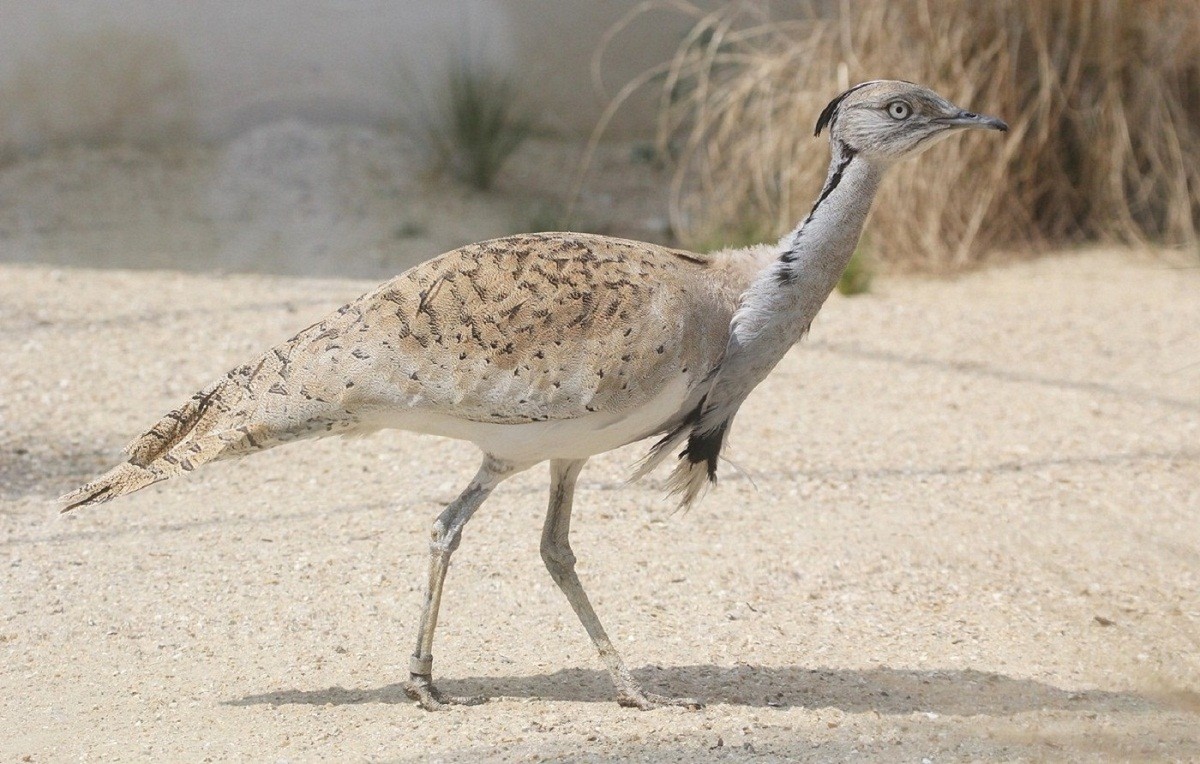
The Temple of Amun, built by Nectanebo II from the 30th Dynasty on top of Aghormi Highland, is dedicated to the worshippers of god Amun. The temple goes by the name "Ma'abd Al-Wahy wa Al-Tanabuaa" (the temple of revelation and prediction) as it is famous for its prophecies turning out to be true. For instance, the perishing Cambyses's army and them meeting their fates after losing their way to the temple is considered the most famous prophecy to come out of this temple and it is the reason why Alexander the Great paid it a visit. It is also worth mentioning that the sun rays align on the temple in spring and autumn. As for the Temple of Um Ubaida, which is near the Temple of Revelation, the ruler of Siwa destroyed it in the late 1890s only leaving some stones with engraved Pharaonic inscriptions.
The remains of the Shali Fortress, which was built by the citizens of the oasis in the beginning of the 13th century, still exist within the city. It consisted of a bunch of houses, and a castle surrounded by a great wall constructed using "Al-Karsheef" which is a brick made of a mixture of salt, clay and mud. The windows and doors were made of olive and palm trees which made it a place suitable for a desert-like, continental climate as it has a nice breeze in the summer and a cosy warmth during the cold nights of winter.
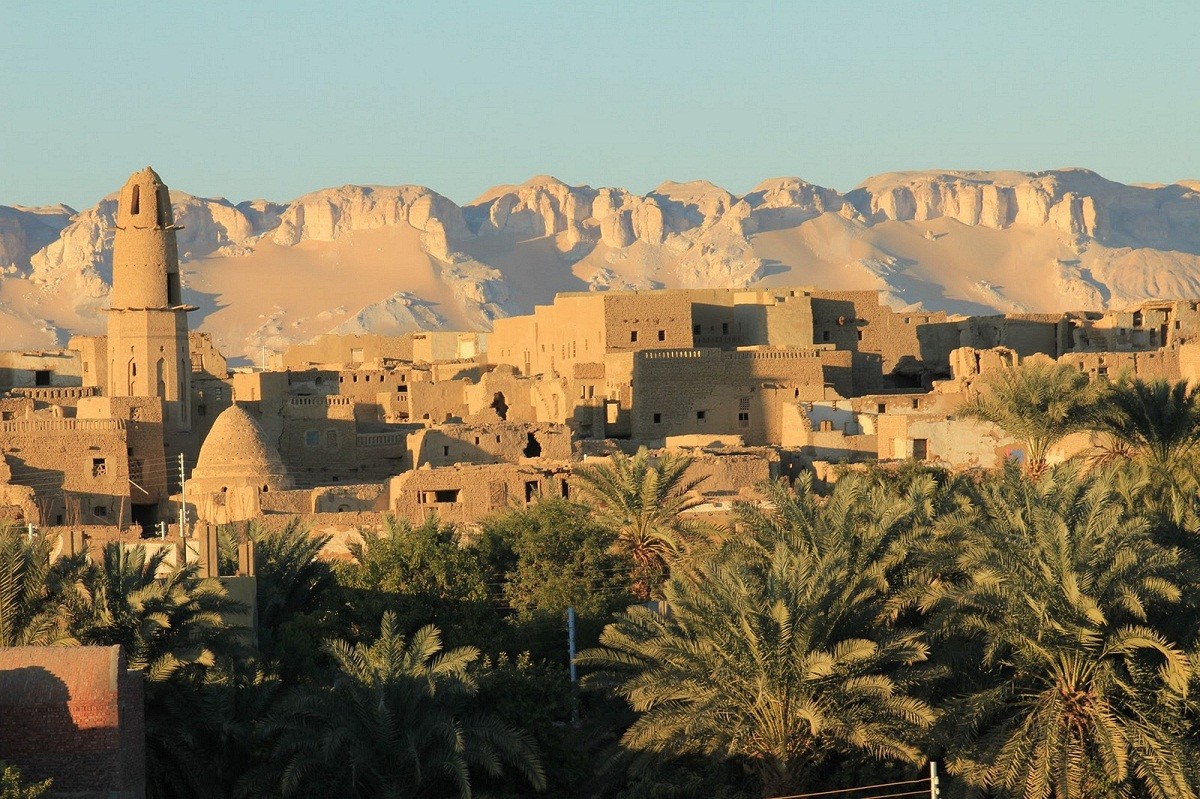
The Atiq Mosque (the Ancient Mosque) built in the early 12th century and Al-Masjid Al-Kabeer (The Great Mosque) that King Farouq laid its foundation were two of the Islamic monuments in the fortress. Unfortunately, this fortress was destroyed in the 13th century and is still being eroded and decomposed till this day due to its exposure to frequent floods. The people of the oasis are known to have a strong attachment to Al- A'awliaa Al-Saleheen/ the righteous people (Deceased pious worshippers of Allah whose graves people visit to ask for blessings.) That's why, on their land, they have 35 of their tombs and the most famous of them is Sidi Soliman's who was one of the judges seeking to spread peace among the tribes.
Ad-Dakrour Mountain with its hot sand, where people suffering from rheumatoid arthritis and rheumatism go to recover from their diseases, is situated on the southern outskirts of the oasis on the opposite side of the Gebel Al-Mawta (Mountain of the Dead). It is worth mentioning that the people of the oasis, to this day, still organize harvest and tolerance celebrations in the Shadhili way which is a spiritual, Sufi approach to Islam.
The oasis was declared as an open nature reserve in 2002 and remains so to this day. Additionally, the government was keen on observing the heritage of Siwa in most of its governmental facilities. Consequently, the government has mandated them to represent and adhere to the traditional style of the oasis, the House of Siwa Museum documenting the cultural and natural heritage of the region is an example of this. In addition, the Adrére Amellal Hotel, overlooking all seven of Siwa's lakes, is considered one of the most expensive, exotic, and beautiful hotels in the world that even Charles, the Prince of Wales, and his wife visited back in 2006.




























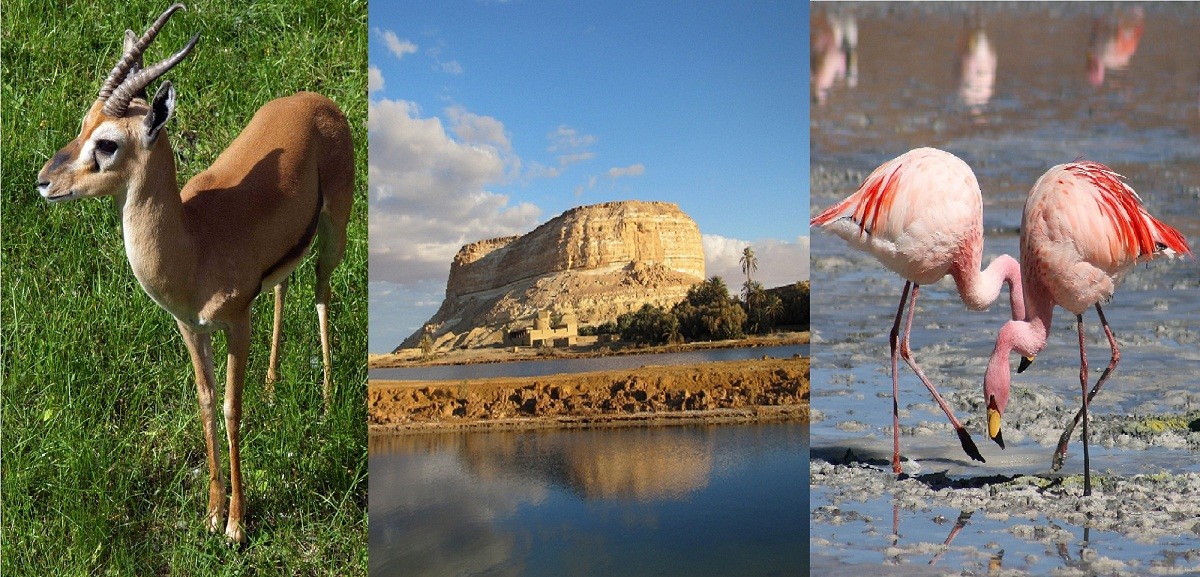






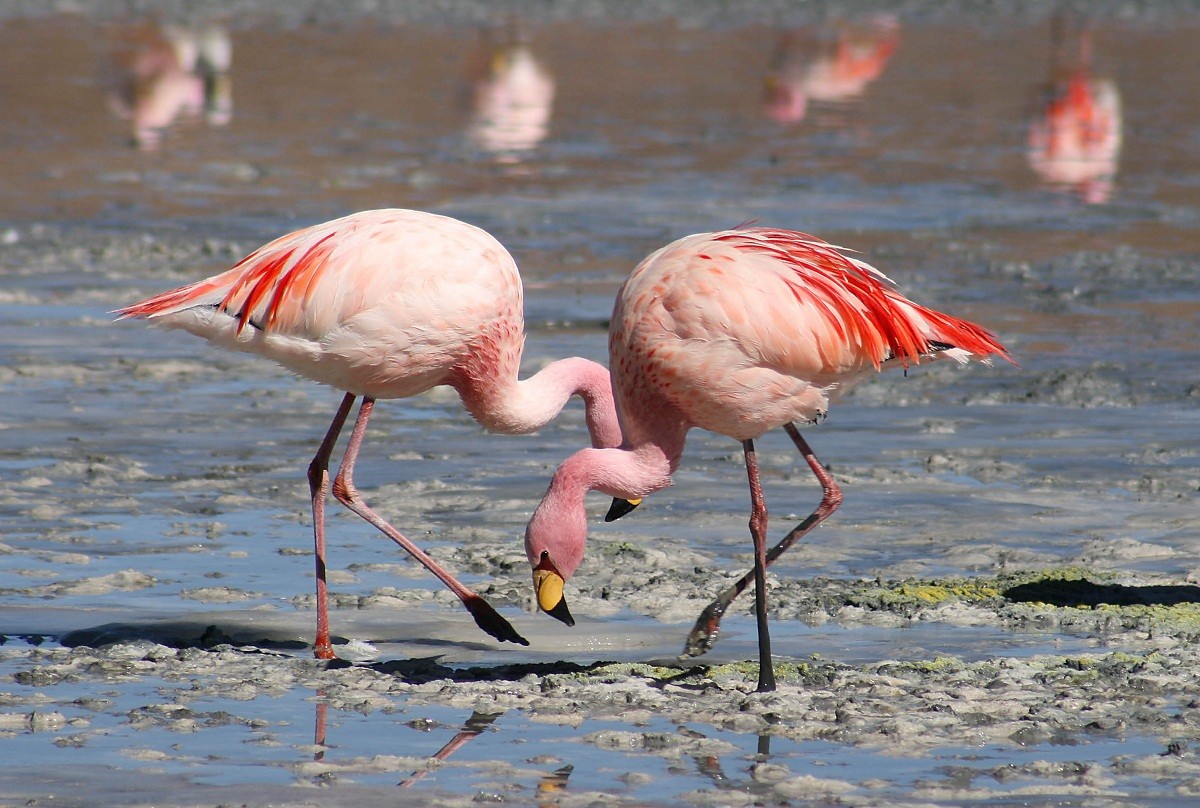
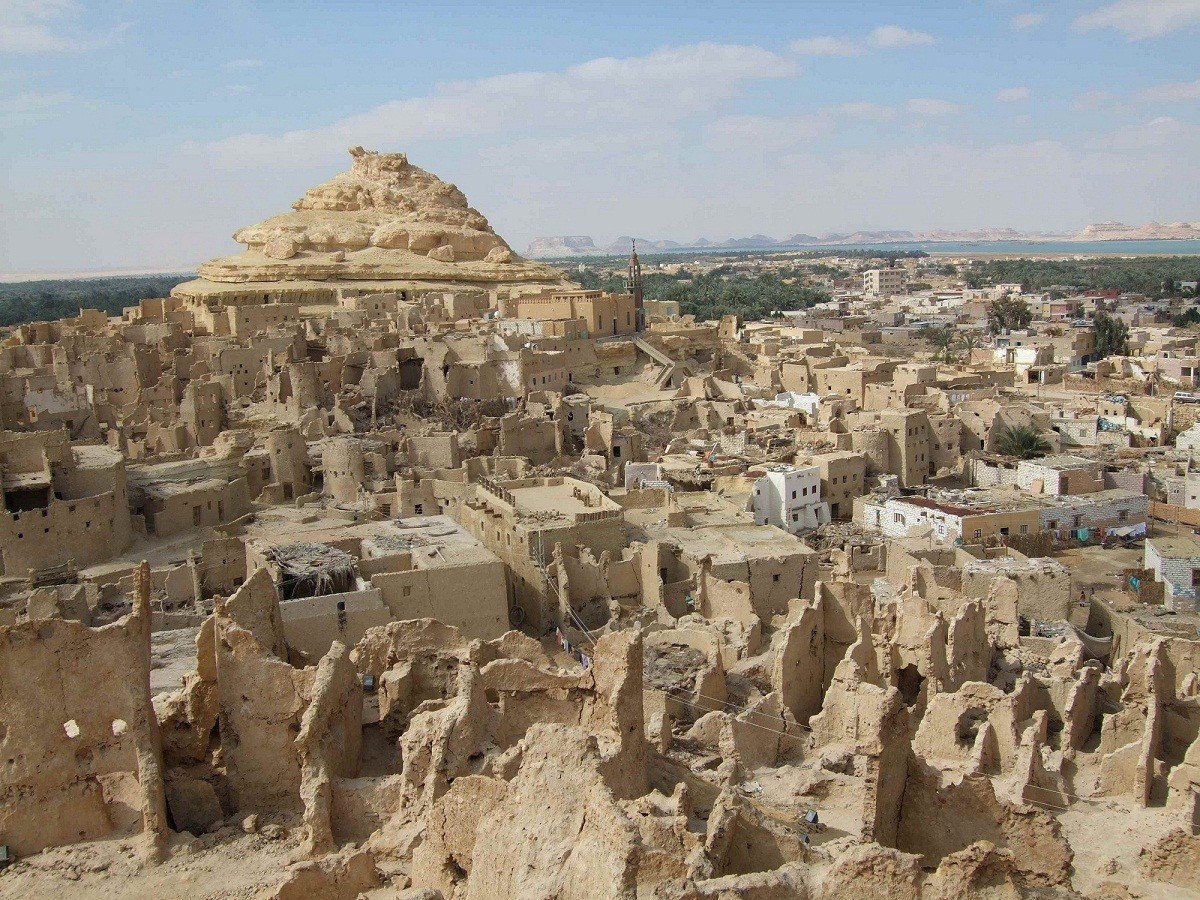
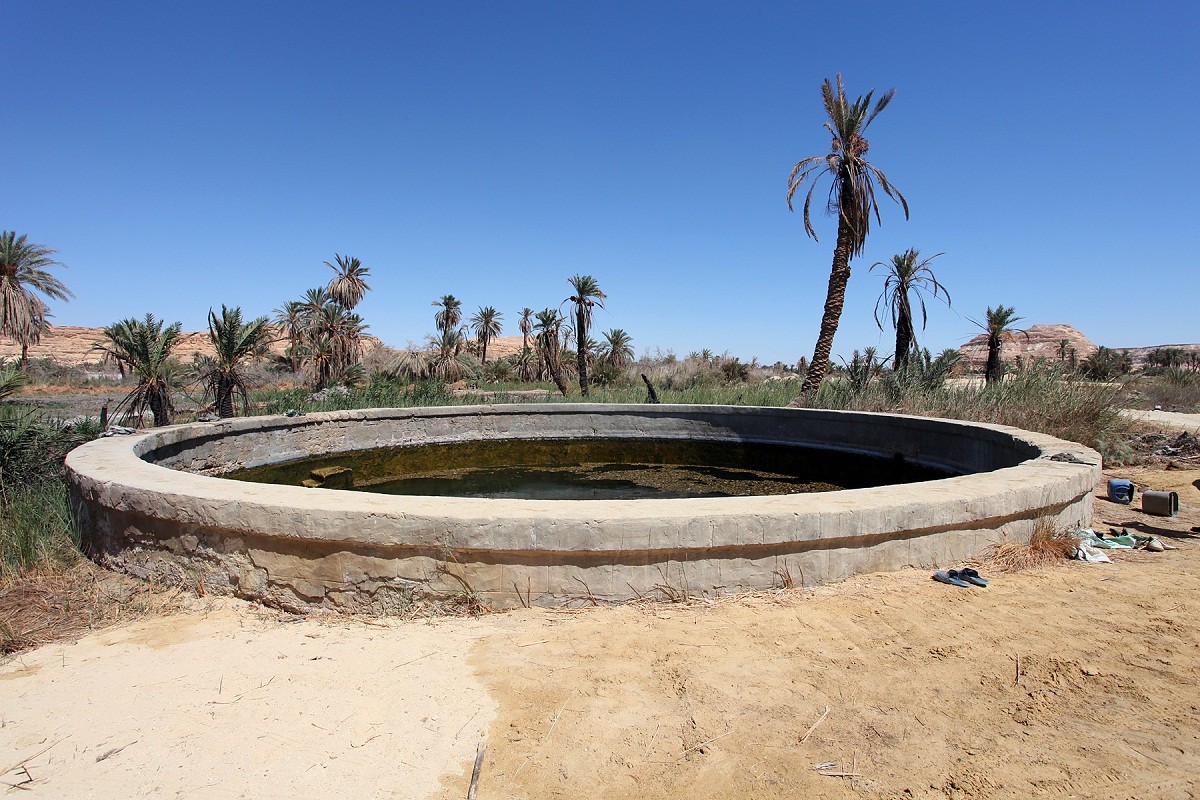


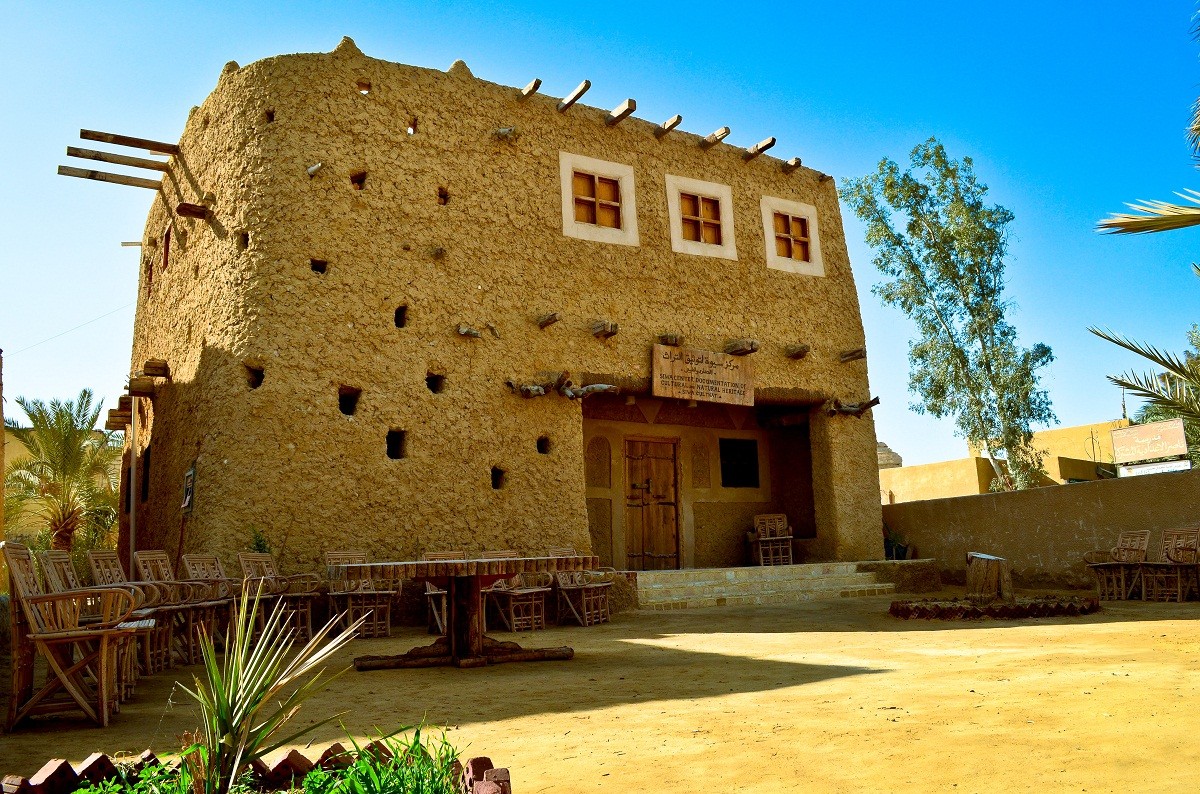

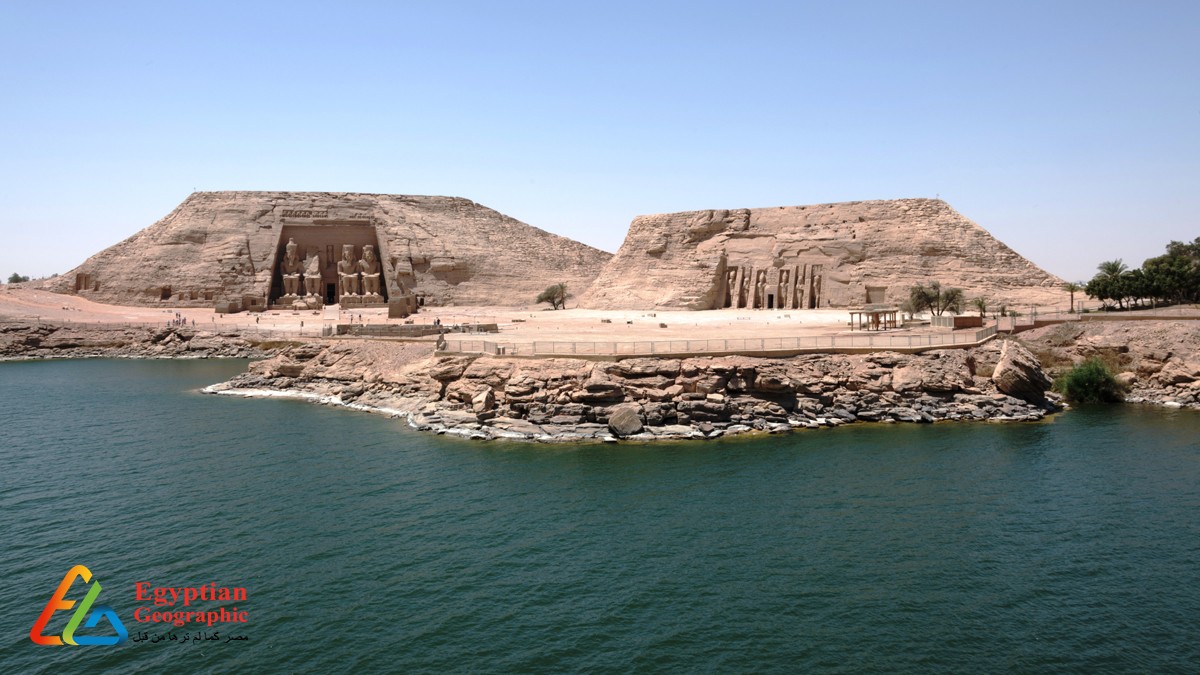

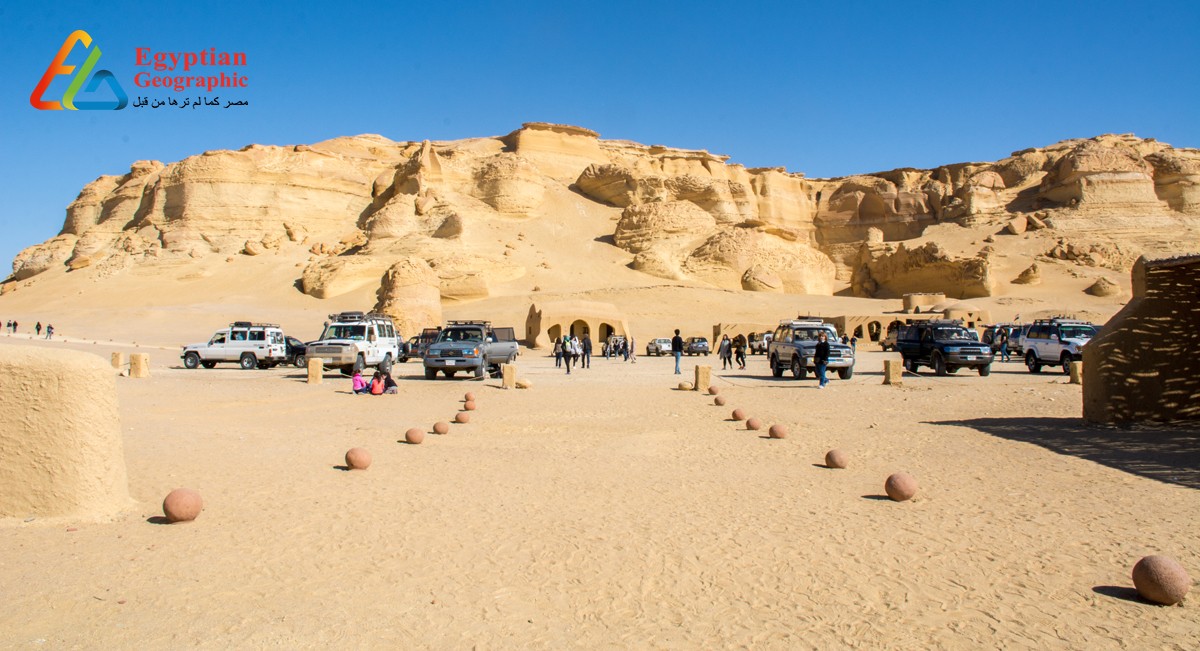



























Egyptian Site & magazine